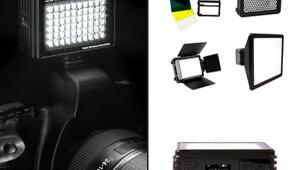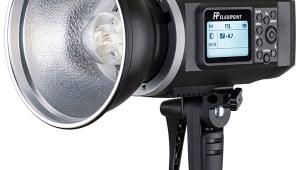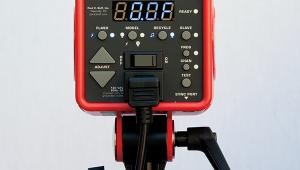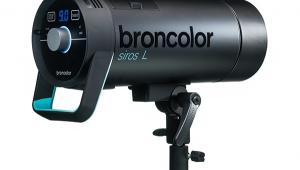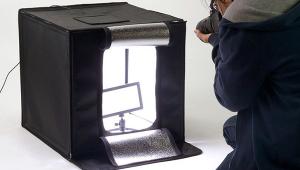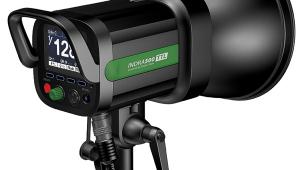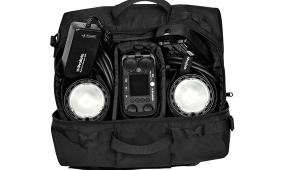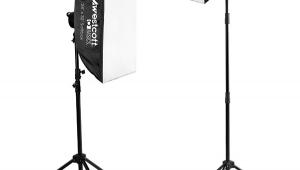Test Driving LED Lights; Up Close And Personal Light Control
Light Emitting Diodes (LEDs) are a highly efficient way to provide additional illumination to your shot. Not only are they small and portable, but LEDs consume far less power than tungsten units, can last over 100,000 hours, and give off little or no heat. If you are looking for studio lights that are easily metered (because they can stay on all day), cool to the touch, color temperature versatile, and consume little power, then check out what LEDs can do for you.
 |
|
|
In this report I’ll work with three different LED lights. The smallest is the Litepanels (www.litepanels.com) Micro ($275, street), a daylight-balanced unit with 48 LEDs that mounts on the hot shoe of your camera. This dimmable AC/DC light is bright enough to add a little fill light or sparkle in your subject’s eyes. Color Temperature Orange (CTO) gels may be inserted into the removable gel holder to add a warmer look and using four AA batteries offers a few hours of illumination.
 |
|
|
The next step up in cost and size is the Zylight (www.zylight.com) Z50 ($625, MSRP). Packing both daylight and tungsten LEDs, the Zylight also offers every color of the rainbow with an adjustable saturation setting. Wanting dimmable daylight, tungsten, or any other hue, the Zylight is great for adding a little warmth, coolness, or color to your shot. Because of its short throw light-wise, I often use this light as a back or hair light. Note: In general, the main drawback with most LED lights is that light falloff is very rapid. A fantastic light used a few feet from the subject quickly becomes unusable more than 4 feet away.
The largest and most versatile of the three lights I tested is the Litepanels 1x1 Bi-Color ($2545, street). With 576 daylight-balanced and 576 tungsten-balanced LEDs, you have the ability to mix color temperatures and increase or decrease the intensity. Because the 1x1 Bi-Color actually measures 1x1 foot, it is powerful enough to be used as your key source. You have all the benefits of an LED with a long lasting, low power consumption, heat-free light source, with the usual LED problems—the expense and rapid falloff of light. In the illustrations shown I used only these three lights to provide all my portrait illumination.
 |
|
|
LED lights with the option of daylight or tungsten balance give you much more control over your final image without resorting to any software manipulation. This process is even easier using the 1x1 Bi-Color because you can mix your color temperature to create the desired look with having to resort to gels.
Kelly is being illuminated by the Litepanels 1x1 Bi-Color with a slightly stronger mixture of tungsten than daylight (#1). The color adjustment dial on the back is in the 8 o’clock position, which is almost full tungsten, and the dimmer is in the 4 o’clock position, which is almost full brightness. The warm-colored illumination on Kelly is somewhat even because she is turned toward the light. The Zylight was used as a hairlight to add sheen and separate her from the black background. This image definitely has a warm look because of the strong tungsten light literally 30” from her face.
 |
|
|
With the Zylight moved closer to Kelly’s hair (increasing the intensity) and using full tungsten on the 1x1 Bi-Color (without changing its position), we have an even warmer image (#2).
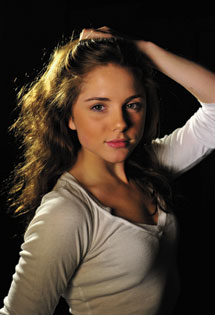 |
|
|
- Log in or register to post comments


